Author: Marshall Schott
As I imagine is the case for many, there’s one particular commercial example that served as my primary introduction to the world of craft beer. Around the time I hit the legal drinking age, perhaps a bit sooner, I was living in the Seattle area and Red Hook Brewery was a local staple that was still independent and known almost exclusively for their ESB. Whether it was a neighborhood BBQ or a college party, bottles of Red Hook ESB were often found next to cans of macro lager, and it was at one such event that my lips first touched this tasty beer.
At the time, all I knew was I really enjoyed the malty flavors of this so-called Extra Special Bitter, I wasn’t aware of its history or that it was even its own distinct style. When I got into homebrewing a couple years later, I was still a big fan of Red Hook ESB and modeled a number of my original recipes after it. I also began studying beer styles more in-depth and learned ESB has its roots in England where it goes by the moniker Strong Bitter, which the BJCP provides the following description for:
An average-strength to moderately-strong British bitter ale. The balance may be fairly even between malt and hops to somewhat bitter. Drinkability is a critical component of the style. A rather broad style that allows for considerable interpretation by the brewer.
I’ve since had the opportunity to try many types of Strong Bitter, from traditional examples pulled from an engine in a proper English pub to homebrewed versions made in my friends’ garages. To this day, there’s just something about the balance of a good ESB that not only tickles a bit of nostalgia, but pleases the hell out of my palate. Having brewed many using more standard methods, I was curious to see how one would turn out when a less traditional approach was employed.
| BREWING THE BEER |
The impetus for brewing this beer wasn’t just that I was pining for a tasty ESB, which I was, but I’d also been sitting on some ingredients for awhile that happened to be ideal for this style.
Short & Shoddy Strong Bitter
Recipe Details
| Batch Size | Boil Time | IBU | SRM | Est. OG | Est. FG | ABV |
|---|---|---|---|---|---|---|
| 5.5 gal | 25 min | 36.4 IBUs | 10.0 SRM | 1.052 | 1.013 | 5.2 % |
| Actuals | 1.052 | 1.009 | 5.7 % | |||
Fermentables
| Name | Amount | % |
|---|---|---|
| Maris Otter Pale Ale Malt (Simpsons) | 11 lbs | 87.13 |
| Metolius Munich-style Malt (Mecca Grade) | 1 lbs | 7.92 |
| Crystal, Medium (Simpsons) | 8 oz | 3.96 |
| Pale Chocolate Malt | 2 oz | 0.99 |
Hops
| Name | Amount | Time | Use | Form | Alpha % |
|---|---|---|---|---|---|
| Magnum | 23 g | 25 min | Boil | Pellet | 12.9 |
| Fuggles | 20 g | 25 min | Boil | Pellet | 4.9 |
| Fuggles | 30 g | 5 min | Boil | Pellet | 4.9 |
Yeast
| Name | Lab | Attenuation | Temperature |
|---|---|---|---|
| Pub (7 months old) (A09) | Imperial Yeast | 72% | 64°F - 70°F |
Notes
| Water Profile: filtered Fresno tap with some calcium chloride and gypsum |
Download
| Download this recipe's BeerXML file |
Starting at 2:14 PM one Monday afternoon, I began collecting the full volume of filtered water.
I then added an unmeasured amount of gypsum and calcium chloride, the latter of which was intended to round out the malt character of the beer.
At this point, I moved on to preparing the grains, starting with some Maris Otter malt that had been sitting in an open sack in my garage for the past 18 months.
With all the malt measured out, I proceeded to mill it.
Once the water was adequately heated, I stirred in the milled grain then checked to make sure it hit my target mash temperature.
The mash was left for a brief 30 minute saccharification rest, during which it was stirred occasionally.
While the mash was resting, I measured out the kettle hop additions.
With the mash complete, I removed the grains and brought the wort to a boil, my assistant adding hops at the times stated in the recipe.
Following the brief 25 minute boil, I quickly chilled the wort with my IC.
A refractometer reading revealed the wort was at a respectable 12.8 ˚Bx, or 1.052 OG, indicating a brewhouse efficiency of 63%.
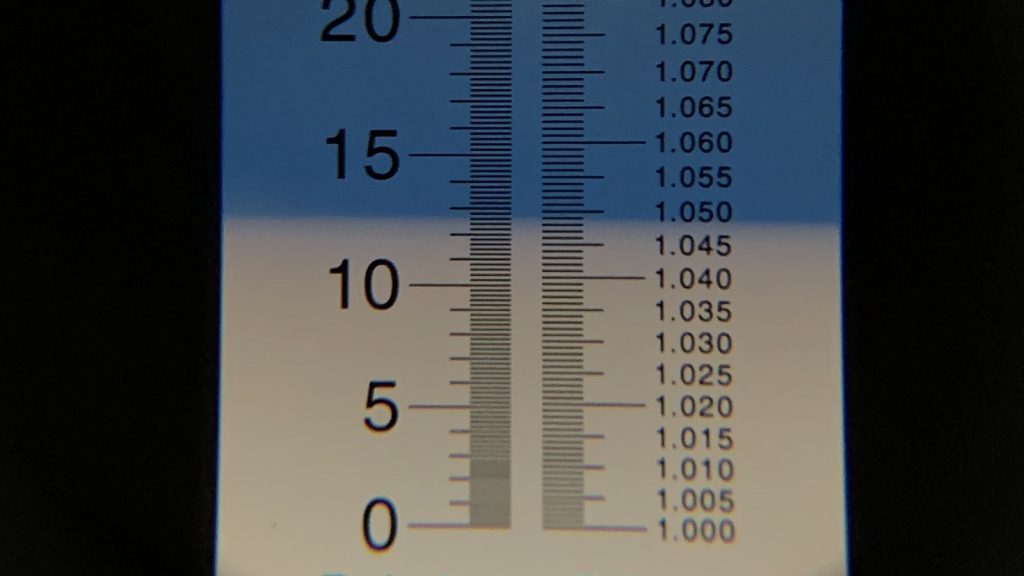
I then racked the chilled wort to my fermentation vessel.
Given the warmer weather, I was only able to chill the wort to 73˚F/23˚C and decided to pitch two pouches of 7 month old Imperial Yeast A09 Pub at that point.
The fermenter was placed in my chamber where it was hooked to a CO2 capture device and left to ferment at 66°F/19°C. It was 4:17 PM for a total brew day time of 2 hours 3 minutes.
Fermentation was kicking the following morning and began to wane a few days later. With no signs of activity after 7 days, I took a hydrometer measurement showing the beer hit a slightly lower than expected FG, though nothing I was worried about.
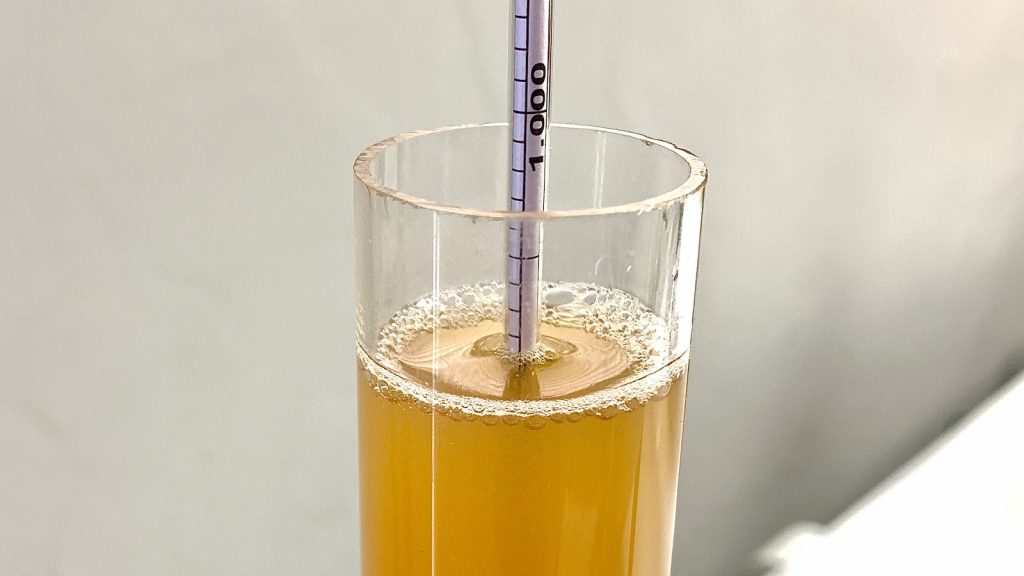
After swapping out the fully purged keg for a CO2 canister set to about 1 psi, I cold crashed the beer to 33˚F/1˚C then returned the following day to add gelatin fining. After one more day in the cold chamber, I racked the beer to the naturally purged keg.
The beer was placed in my keezer and burst carbonated overnight before I reduced the gas to serving pressure. I allowed the beer to cold condition for a week before I sat down with a pint for an initial evaluation.
| RESULTS |
Due to social distancing practices as a result of the COVID-19 pandemic, data for this Short & Shoddy beer was unable to be collected in our typical manner. As such, temporary adaptations were made involving the author thoroughly evaluating the beer in as unbiased a fashion as possible.
I completed a series of 3 thorough evaluations that occurred over the course of a weekend. My goal in doing this was to condense my most consistent impressions while accounting for any possible external factors that may have influenced my perception.
APPEARANCE
Nice deep gold color with a slightly off-white cap of foam. Decent head retention and lacing. Noticeable chill haze that vanishes entirely as the beer warms.
AROMA
Warm toasted brioche smeared with a thin layer of marmalade, lightly drizzled with a caramel sauce, and served near a plate of earthy portobellos. Delightful! Toward the end of the glass, I pick up subtle hints of sweet cherry and leather that really work with this beer.
FLAVOR
The flavor to this Strong Bitter follows the aroma nicely, leading with a warm toasted bread and marmalade-like fruit that reminds me of a pleasant brunch. The earthier flavors from the Fuggles hops comes through in the finish and blends with the malt to leave a very pleasant aftertaste. On each evaluation occasion, I noted a very slight vanilla flavor coming through mid-palate, and I really enjoyed it.
MOUTHFEEL
Per my own personal preference, I carbonated this Strong Bitter a bit more than might be traditional. While crisp and perceptibly dry, the beer also had a pleasant creaminess to it, though it’s possible this was influenced by the vanilla I detected in the flavor. Moderate bitterness that was a nice counter to the richer malt character, and I detected no astringency whatsoever.
OVERALL IMPRESSION
Of the many versions of Strong Bitter I’ve made over the years, this one definitely stands out. In the past, I’ve relied on larger charges of crystal malt in hopes of capturing the sweeter, more caramelly aspects of commercial examples I enjoyed, and while I had success, I definitely preferred the toastier malt character of this Short & Shoddy version.
| CONCLUSION |
British beers are steeped in centuries of brewing tradition, during which a number of common styles were developed. One of my favorites in Strong Bitter, or ESB, because when done right, it combines some of my favorite beer characteristics– toasty malt, earthy hops, and a hint of esters. Of course, given their history, certain approaches to brewing British styles are believed by many to be required to produce good examples.
Having brewed many batches of Strong Bitter, I’d certainly honed my own approach, which was mostly inline with what I’d heard was standard for this style. Suffice to say, it felt a little weird cutting the corners I did when making this Short & Shoddy version, but in the end, I was very pleased with the way it turned out. The abbreviated mash resulted in a slight hit to my efficiency, which I’ve come to expect, and the beer did have a slight chill haze, despite being fined with gelatin. Other than that, there really were no other flaws I could detect, in fact I felt this Strong Bitter was one of the better I’ve brewed.
Compared to Red Hook ESB, this Short & Shoddy Strong Bitter was less sweet and perceptibly dryer, which was by design. I enjoy beers I can drink a few glasses of without my mouth feeling sticky, and that’s exactly what I got with this beer. Not only do I plan to brew this beer again in the future, but I trust anyone who appreciates British styles the way I do would likely enjoy this Short & Shoddy Strong Bitter too.
If you have thoughts about this Short & Shoddy brew, please feel free to share it in the comments section below!
Support Brülosophy In Style!
All designs are available in various colors and sizes on Amazon!
Follow Brülosophy on:
FACEBOOK | TWITTER | INSTAGRAM
If you enjoy this stuff and feel compelled to support Brulosophy.com, please check out the Support page for details on how you can very easily do so. Thanks!


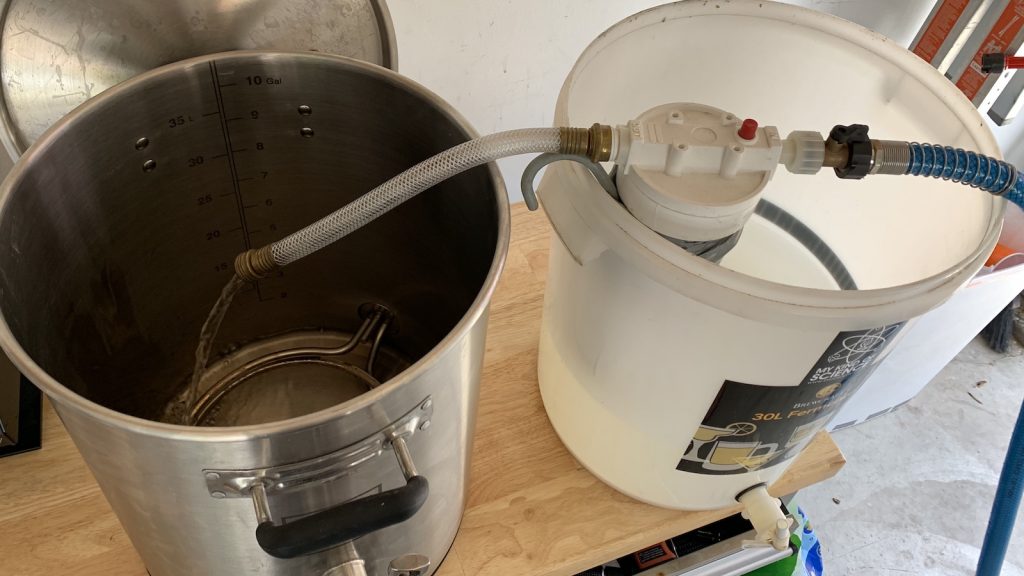
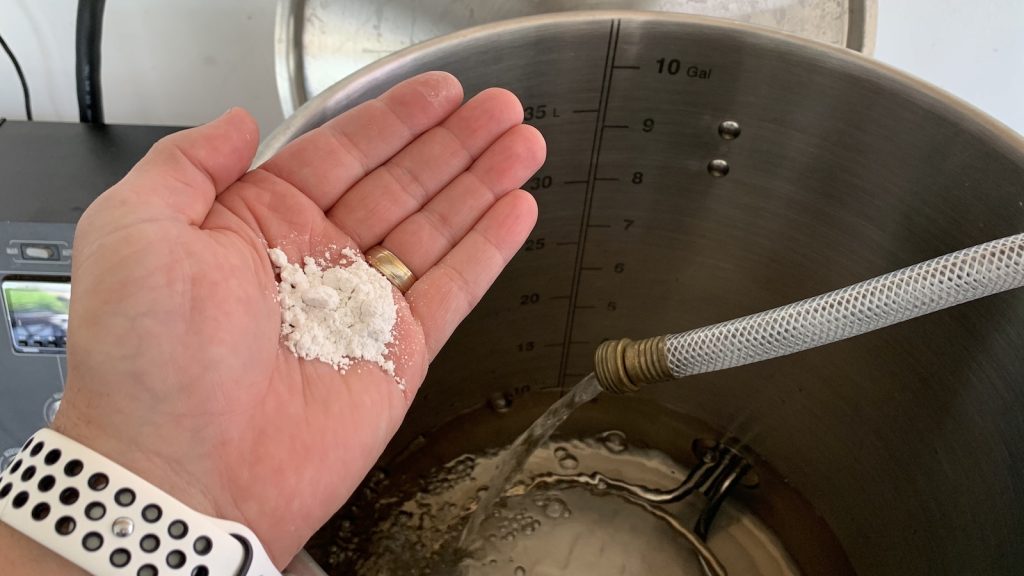
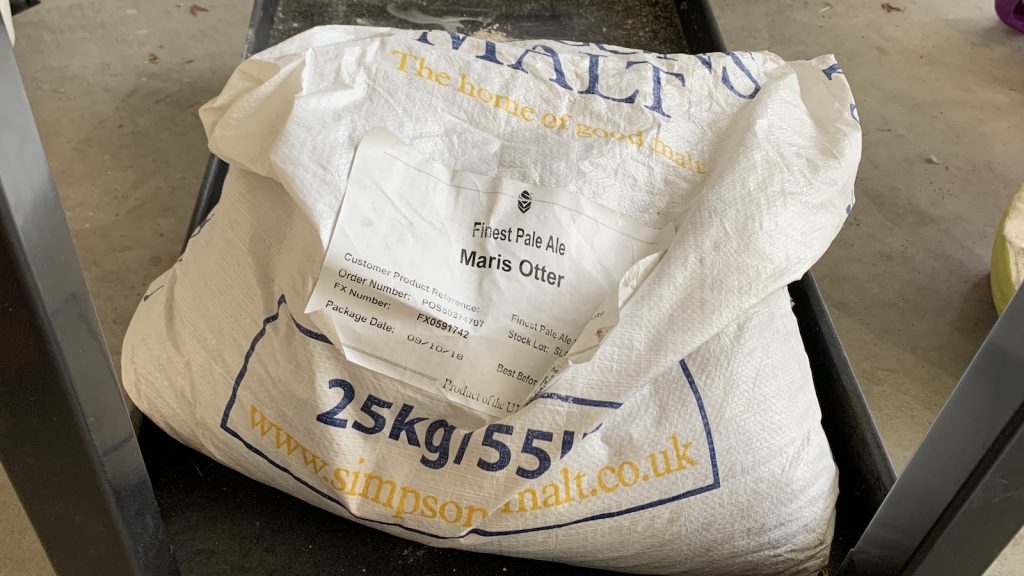
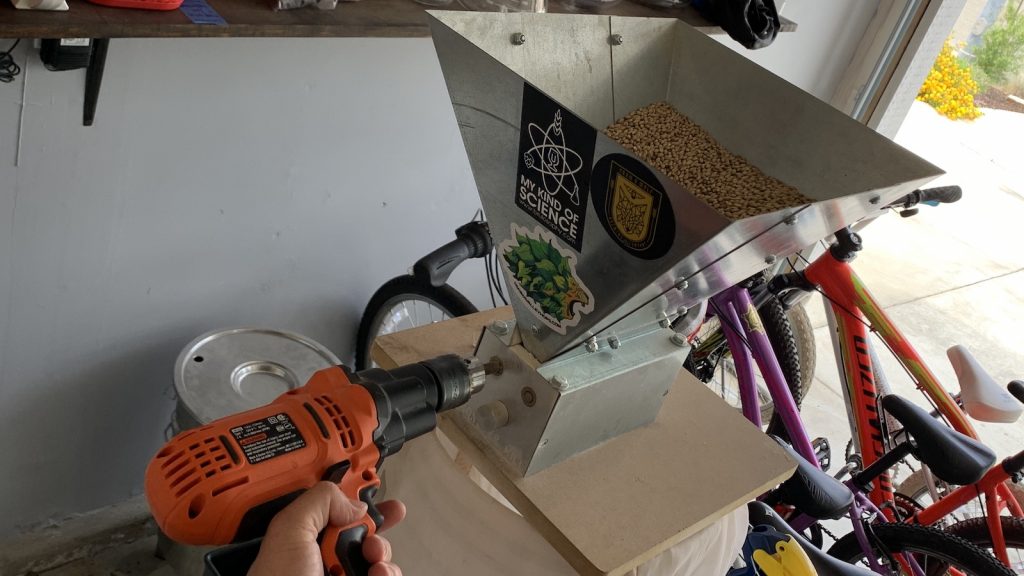
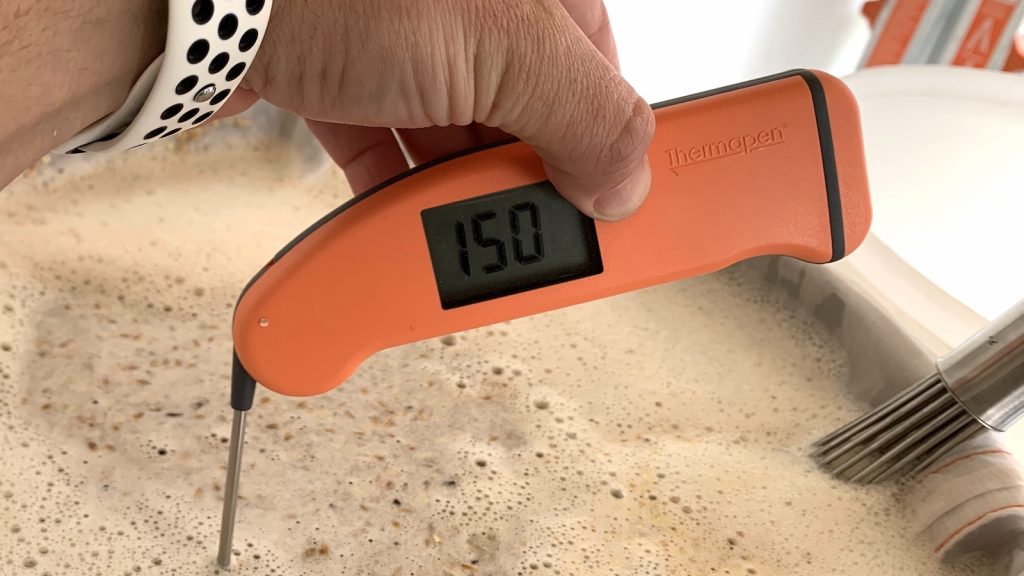
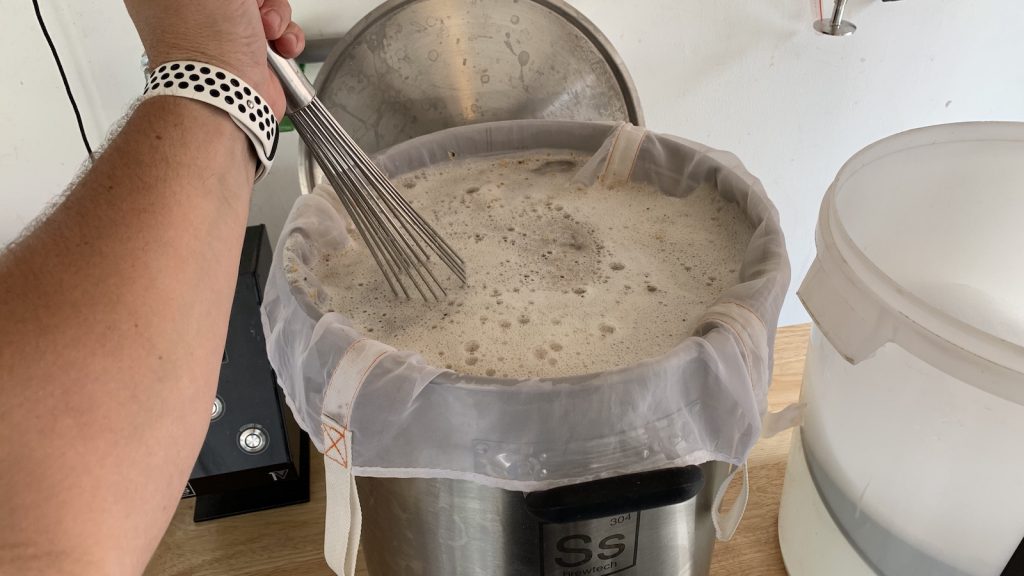
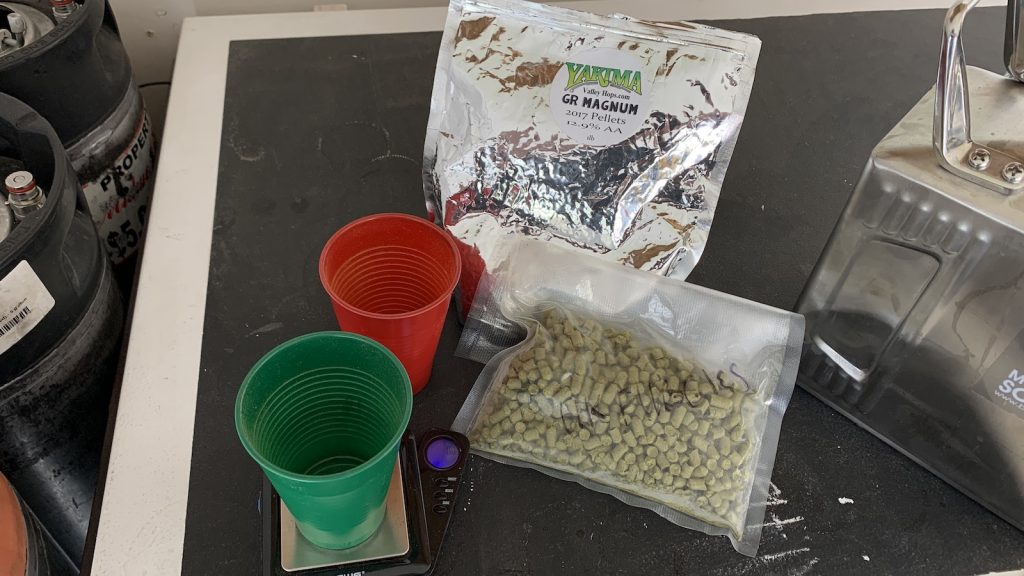
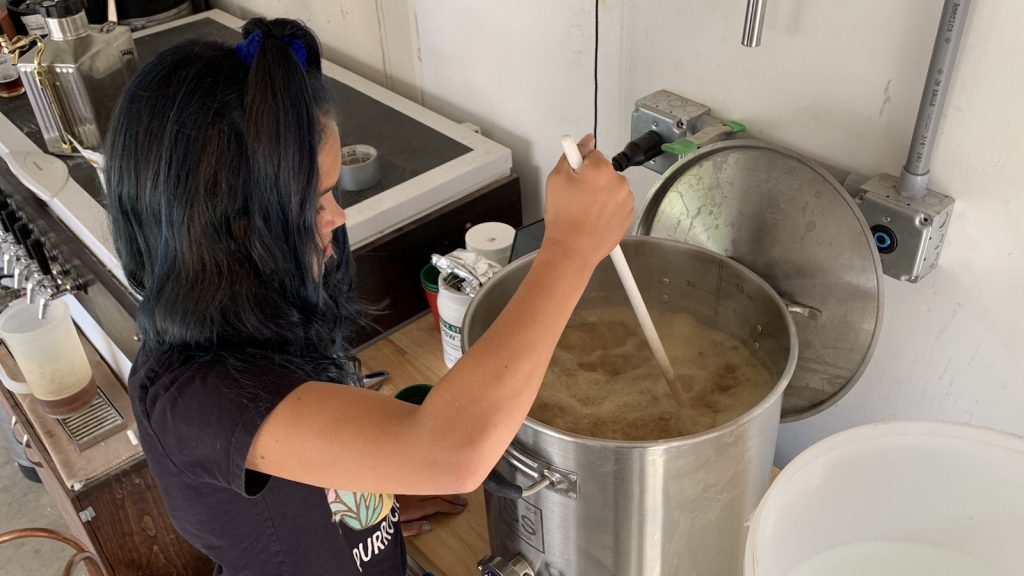
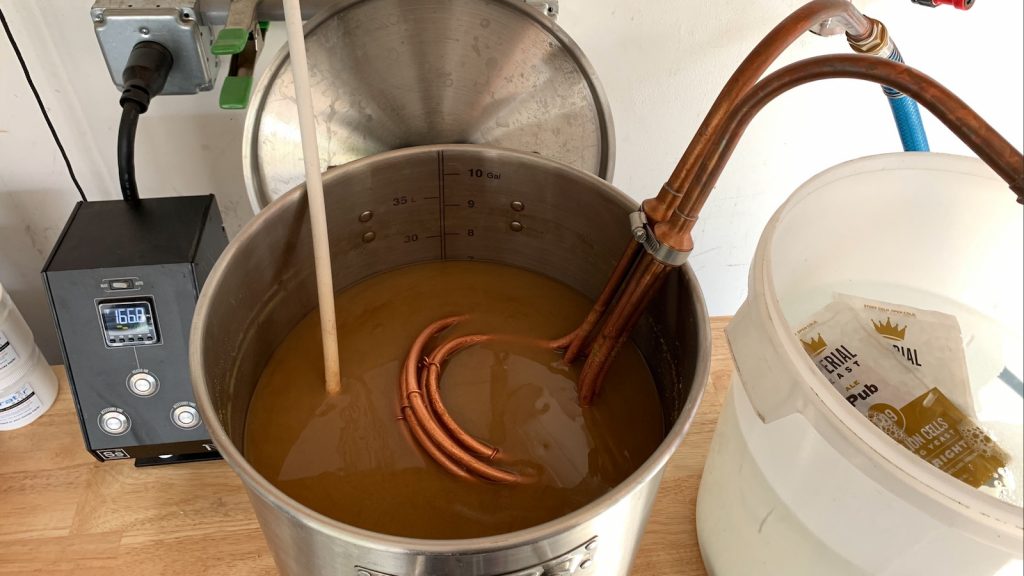
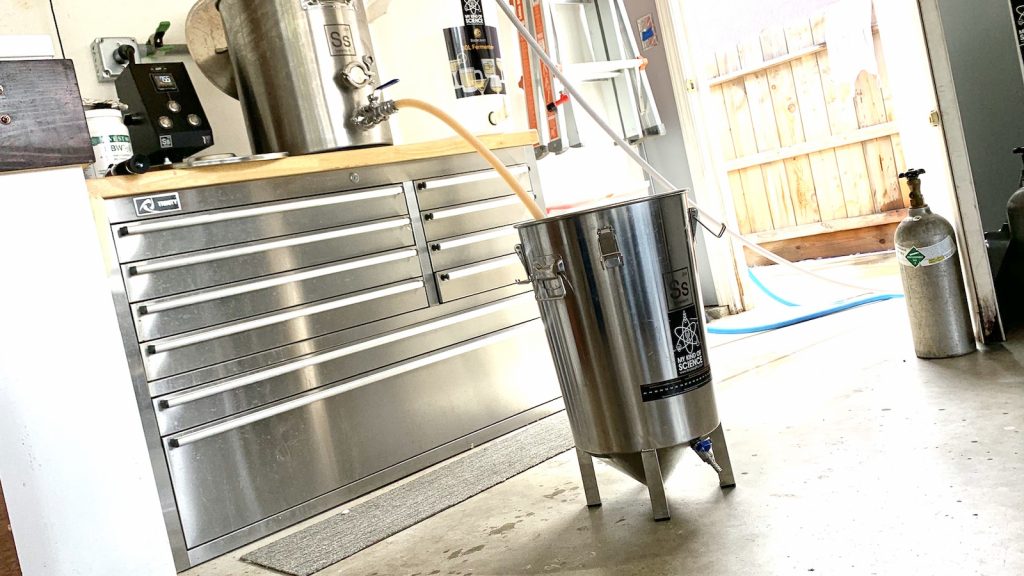
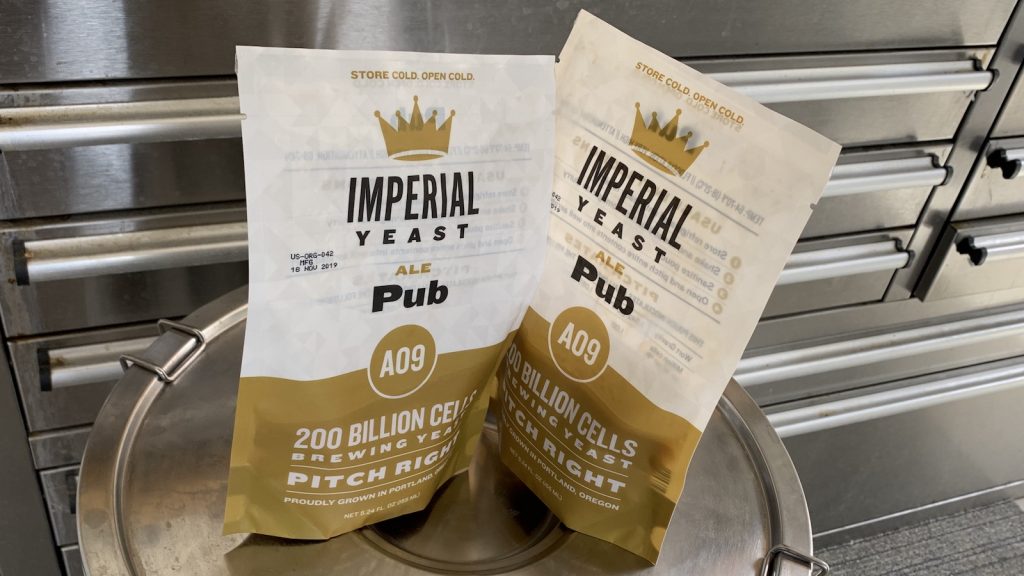
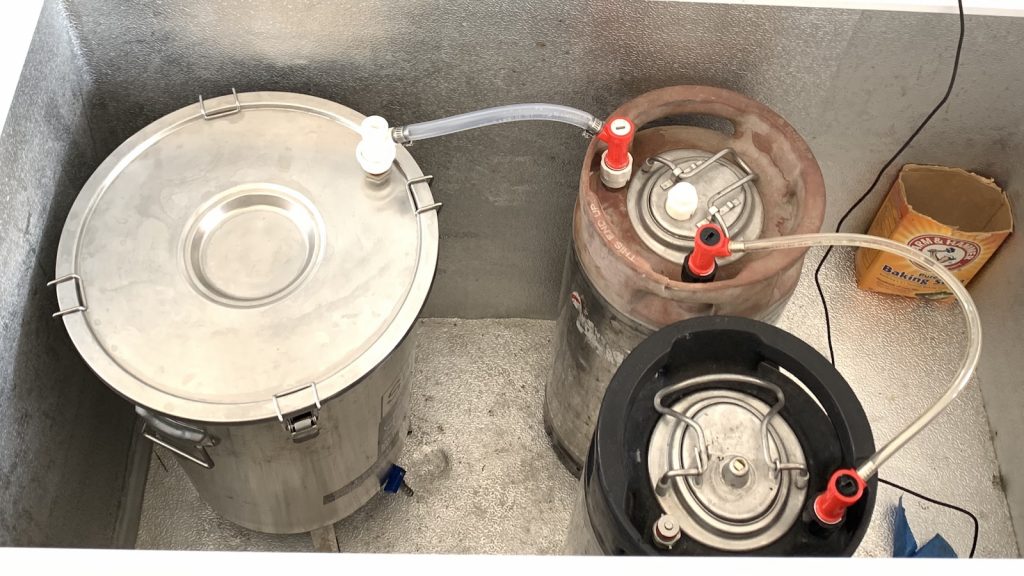
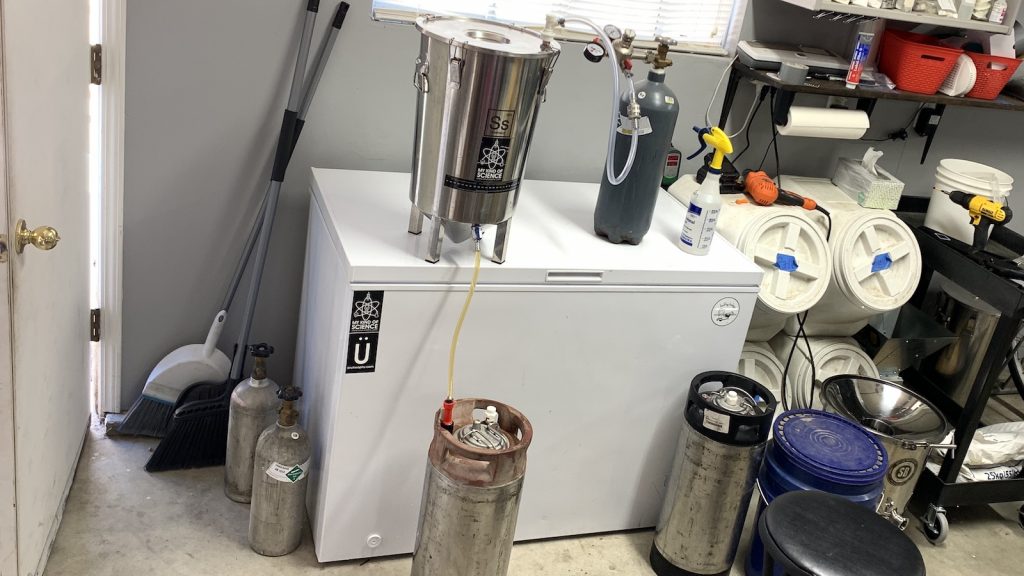
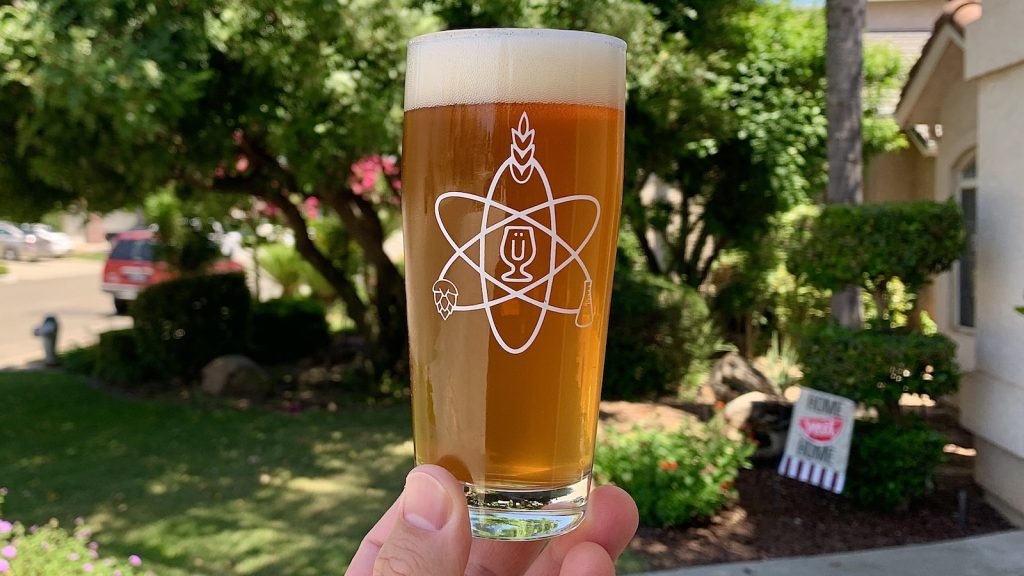











13 thoughts on “Short & Shoddy | Strong Bitter”
Red Hook ESB was also my first true craft beer. Ive made a version since 2001. Even as a pro I still make it. People just love it!!
Wow! You can leave a sack of malt in your garage for 18 mos with no issues? That is crazy! What do you think of Pub vs WLP002 vs WY1968? I’m going to make this beer!
Thankfully, we have very low humidity where I live, so malt storage has never been an issue. As for the yeast, I’ve used all 3 many times and prefer Imperial for the higher pitch rate and freshness, but either should do the trick.
My first good beer in the US after coming back from years in the UK was a Ballard Bitter or Redhook ESB. Much nostalgia for me. If I had to nitpik at all, the OG you stated didn’t really match the image. Was it 1.052 or more like 1.049? Thanks for doing this beer!
Ahh, yes, Ballard Bitter. I’ve found that on this particular refrac, the SG gets less accurate once the OG is over 1.050ish, hence I report the Brix, which aligns perfectly with my hydrometer.
How do you store the RVF-10 filter between uses? I bought myself one last fall, but after a winter of disuse (no hose connections near my indoor brewing spot) both the filter cartridge and the housing had grown mold. My next plan is to take the cartridge out and store it in a ziploc in a refrigerator between brew days.
I purge the canister of water and leave the filter in my garage. Haven’t had any issues with mold, but my filter gets use multiple times per month, and I swap the cartridge out every 6-8 months.
I’m glad you did this. Bachelor Bitter by Deschutes is one of my all time favorites. I’d say ESB is the style I try to experiment with the most. I’ll have to give this recipe a try!
Must try this as well. I read Red Hook ESB and it brought a smile to my face. One of the first craft beers I enjoyed … about the same time as Dead Guy (for me). Love Fuller’s ESB, too. London Pride is a classic in my book … but I digress.
So with this ‘Short and Shoddy’ brew day, are you accounting for your prep and cleanup time for the equipment or is purely time from heating up water through until pitching yeast in the FV?
Hi mate,
Great write up! I’m looking forward to brewing a butter this weekend as well. Just wondering how you went about rigging up that Ball lock post to the top of your brew bucket? I’m trying to solve my suck back issue and that force transfer set up looks the goods
Cheers from Australia
Why an unmeasured amount of gypsum and calcium chloride? Seems reckless and rather un-scientific, no?
Does it seem… short & shoddy?